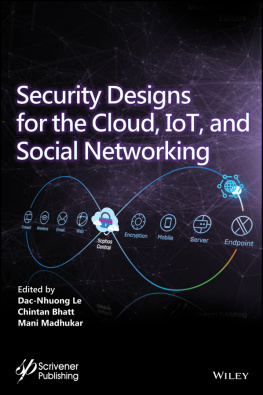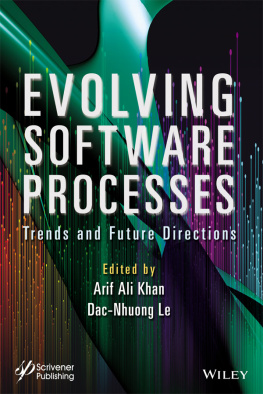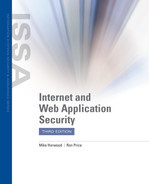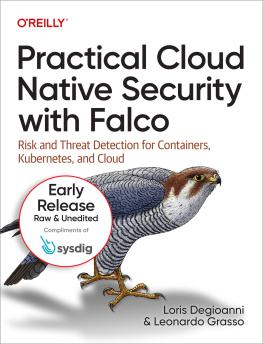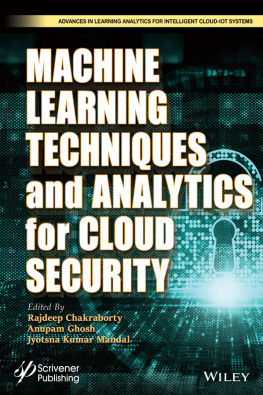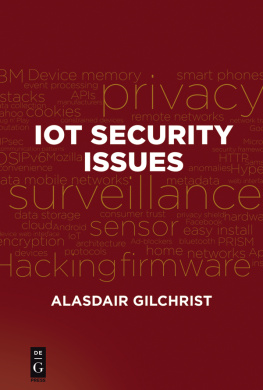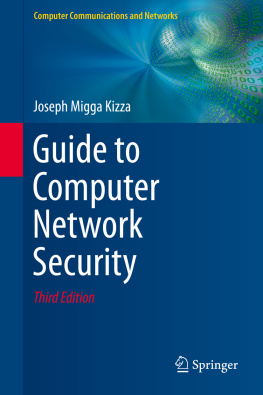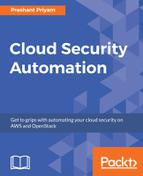
Scrivener Publishing
100 Cummings Center, Suite 541J
Beverly, MA 01915-6106
Publishers at Scrivener
Martin Scrivener ()
Phillip Carmical ()
Security Designs for the Cloud, Iot, and Social Networking
Edited by
Dac-Nhuong Le
Haiphong University, Haiphong, Vietnam
Chintan Bhatt
U & P U Patel Department of Computer Engineering, Charotar University of Science and Technology, Changa, Gujarat, India
Mani Madhukar
IBM Innovation Center, Block A, Embassy Golf Links, Bangalore, India
This edition first published 2019 by John Wiley & Sons, Inc., 111 River Street, Hoboken, NJ 07030, USA and Scrivener Publishing LLC, 100 Cummings Center, Suite 541J, Beverly, MA 01915, USA
2020 Scrivener Publishing LLC
For more information about Scrivener publications please visit www.scrivenerpublishing.com.
All rights reserved. No part of this publication may be reproduced, stored in a retrieval system, or transmitted, in any form or by any means, electronic, mechanical, photocopying, recording, or otherwise, except as permitted by law. Advice on how to obtain permission to reuse material from this title is available at http://www.wiley.com/go/permissions.
Wiley Global Headquarters
111 River Street, Hoboken, NJ 07030, USA
For details of our global editorial offices, customer services, and more information about Wiley products visit us at www.wiley.com.
Limit of Liability/Disclaimer of Warranty
While the publisher and authors have used their best efforts in preparing this work, they make no representations or warranties with respect to the accuracy or completeness of the contents of this work and specifically disclaim all warranties, including without limitation any implied warranties of merchantability or fitness for a particular purpose. No warranty may be created or extended by sales representatives, written sales materials, or promotional statements for this work. The fact that an organization, website, or product is referred to in this work as a citation and/or potential source of further information does not mean that the publisher and authors endorse the information or services the organization, website, or product may provide or recommendations it may make. This work is sold with the understanding that the publisher is not engaged in rendering professional services. The advice and strategies contained herein may not be suitable for your situation. You should consult with a specialist where appropriate. Neither the publisher nor authors shall be liable for any loss of profit or any other commercial damages, including but not limited to special, incidental, consequential, or other damages. Further, readers should be aware that websites listed in this work may have changed or disappeared between when this work was written and when it is read.
Library of Congress Cataloging-in-Publication Data
ISBN 978-1-119-59226-6
List of Figures
List of Tables
Foreword
The distributed computing paradigm emerged as an alternative to expensive supercomputers to increase modularity and flexibility of computing infrastructures. Cloud computing represents the most consolidated distributed computing model widely adopted in private and business applications because it provides massive availability of computation and storage resources on demand. Looking at the future of Cloud computing it is easy to understand that it will be exploited in many different sectors which can benefit a lot from such a flexible and efficient technology. Indeed, the market of Cloud computing is changing.
Internet of Things (IoT) projects were still at the beginning stage in 2015, thus IoT workloads were only a small proportion of public cloud environments. There are currently 6.4 billion IoT devices in use around the world. Their number, capabilities, as well as their scope of use, keeps growing and changing rapidly. Gartner forecasts the number of IoT devices will reach 20.8 billion by 2020, and projects that by then IoT service spending will reach $1,534 billion and hardware spending $1,477 billion. IoT technologies are becoming strategic for the future competitiveness of enterprises that are investing in innovation and in a digital transformation. Moreover, public cloud systems offer perfect services for backend environments for IoT services and devices.
To fit IoT requirements, new distributed computing models have been investigated in the literature (e.g., Edge Computing, Fog Computing, Servlet,) to extend IoT resources into centralized datacenters (e.g., Cloud datacenters) or at the edge of IoT systems (e.g., Edge microdatacenters). Derived from Cloud computing, Edge computing aims to collect and process data at the edge of a digital network, close to the source of the data. Edge computing acts as an intermediate layer between IoT devices and the cloud and is able to handle some of the requests for storage and computation locally instead of remotely in the cloud. That way, Edge computing reduces the latency in resolving requests and allows real-time handling of a subset of requests.
This complex amalgamation of computing systems and networks for supporting IoT application requirements leads to a plethora of research and technological challenges which are new, especially as regards to security and privacy in IoT. Security and privacy is becoming increasingly important in IoT due to the deployment of a huge number of IoT devices (sensors and actuators) across various sectors, including Industry 4.0, smart cities, healthcare, homes, buildings, and smart cars. The existing literature describes many existing IoT protocols and presents the open research issues, specifically in the area of security and privacy. For example, recent IoT research conducted by the University of Graz in Austria, led to the discovery of 18 bugs in MQTT (Message Queuing Transport Telemetry) IoT protocol implementations, among others. Although a number of research activities have addressed securing data in the cloud, the area of securing data in the IoT (edge datacenter, IoT devices, software-defined IoT networks, etc.) with tens of billions of densely deployed and often highly mobile and heterogeneous IoT nodes, has only recently begun to receive significant attention.
I would like to congratulate the editors of this volume, Dac-Nhuong Le, Chintan Bhatt and Mani Madhukar, for compiling such timely and comprehensive research contributions. The diversity of topics covered by different chapters and the profiles of contributing authors, who are internationally established researchers, is very impressive. Different chapters describe cutting edge research efforts that try to get to the depth of many of the above listed challenges, with an overall aim of providing a detailed literature review, starting from fundamental concepts to more specific technologies and application use cases. For the reasons described above, I firmly believe that this edited book will provide a comprehensive resource to students, researchers, and practitioners, and have a long-lasting impact on this important and growing research and technological field.
Rajiv Ranjan, PhD
Chair and Professor of Internet of Things, Newcastle University, UK Chair and Professor (Visiting), Chinese University of Geosciences, Wuhan, China
Honorary Associate Professor, Australian National University, Australia
Next page
